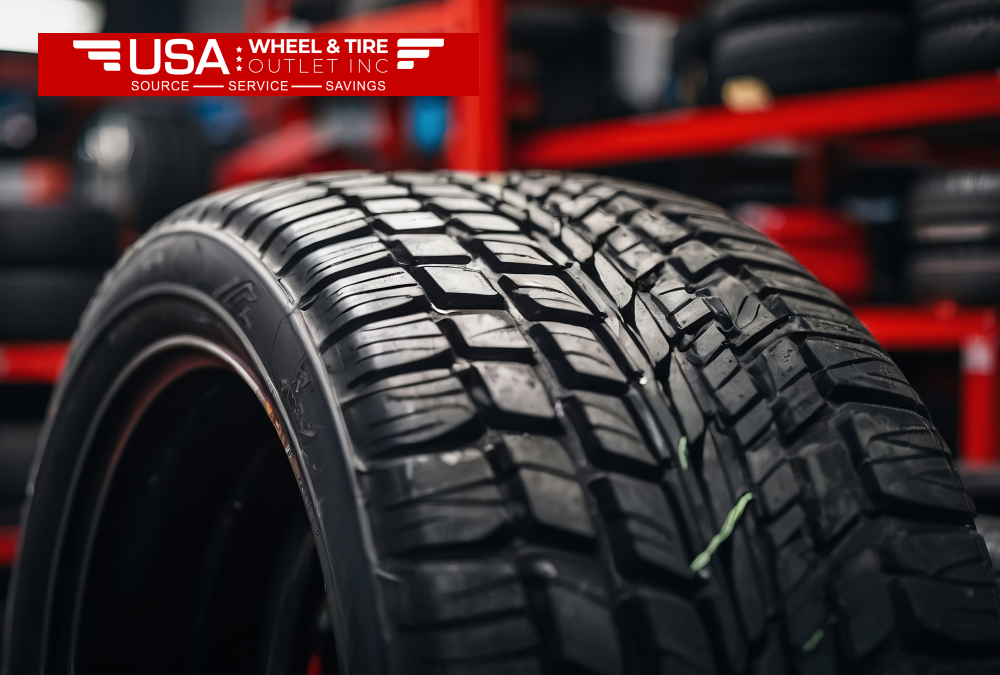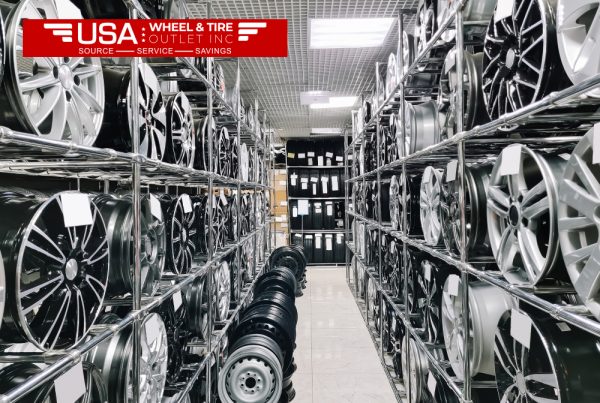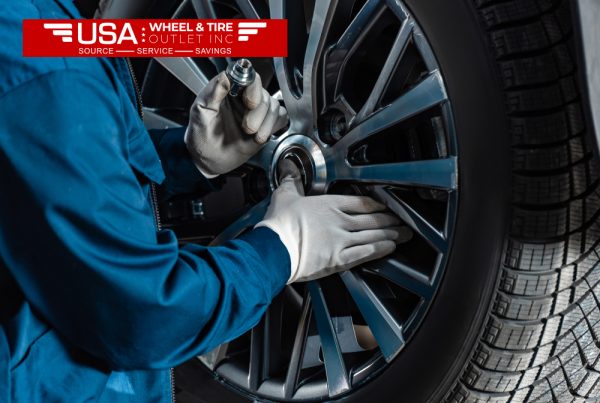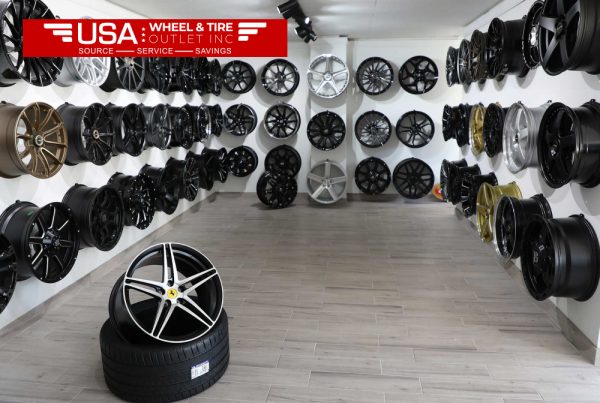The selection of appropriate tires can majorly affect the comfort, driving safety, and responsiveness of your specific car model. Considering the fact that there are virtually hundreds of brands and models of tires and wheels out in the market, it is necessary to know what to look for when choosing these accessories. The following sections will present the primary determinants in this process, in order to help you make the right choice.
Understanding Your Vehicle’s Needs
To investigate the factors which are more likely to impact an individual vehicle, let’s first take a look at the needs of a vehicle in detail. Tires also vary depending on the vehicle that they are to be used since various vehicles require varied tires for your vehicle’s efficiency and safety. The recommended tire size and specifications can be found in owner’s manual or on the placard located on the driver’s side door jamb. All these guidelines are vital to ensure that the vehicle has the right performance as was intended and that it is safe to use.
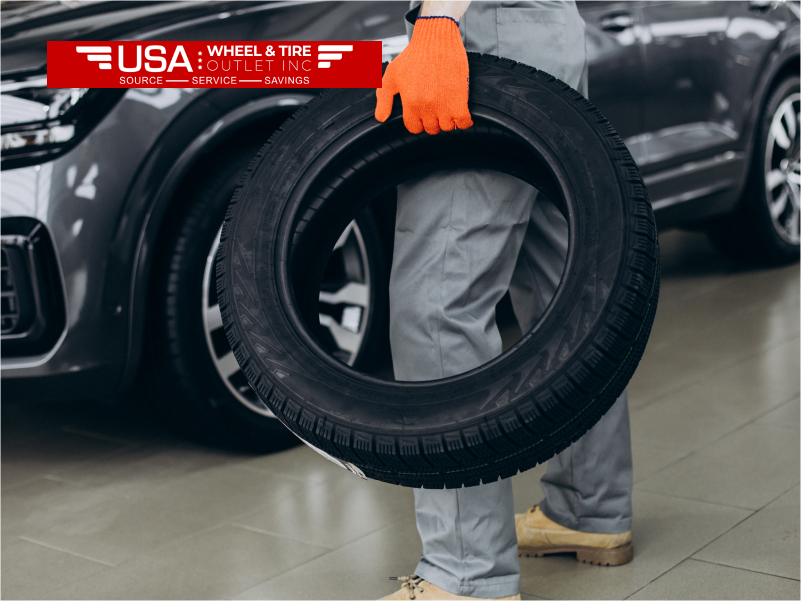
Types of Tires
All-Season Tires
Light snow is a good provision of performance of all-season tires since they are made to work well in all weather conditions. This is one of the reasons why many drivers with different preferences prefer them because of their durability.
Summer Tires
Summer tires are designed for use at high temperatures, perform well at high temperatures on dry road surfaces and on wet road surfaces as well. But they are not recommendable for cold or snowy weather mostly because of the material that was used in making them.
Winter Tires
Winter tires are developed for those times of the year when the weather is snowy and icy. These have different tread designs and types of rubber that do not harden in cold weather, hence more control and grip.
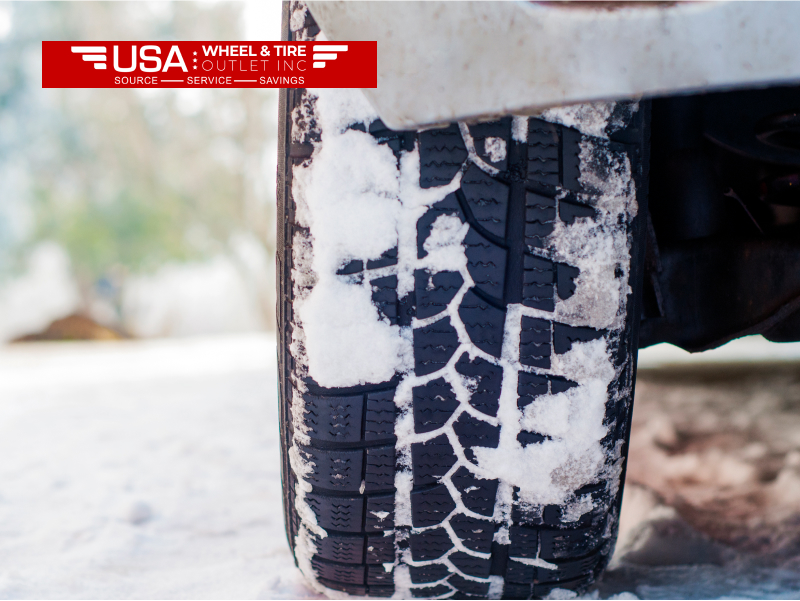
Performance Tires
Performance tires are suitable for high speed automobiles and automobiles for sports use. This type has higher tractive control, better brake and acceleration performance and tends to degrade quickly.
Key Factors to Consider
Tire Size
Tire size selection is important in this regard. This is to ensure compatibility of wheels with your vehicle suspension and brake system as advised by your vehicle manufacturer.
Tread Pattern
The tread pattern also determines your vehicle’s response to the road, grip and level of sound generated. For instance, directional tread patterns are well suited to wet surfaces, as for asymmetrical tread patterns they are somewhere between performance and comfort.
Tire Ratings
Tires have a number of codes that state their performance characteristics including the speed rating, load index, and the traction rating. Understanding these rating aids in the selection of the required type of tires for your vehicle.
Compatibility between Tires and Wheels
Proper integration between tires and wheels is another crucial factor to consider since they are interrelated components. Balancing and rotating the tires and wheels that are not of the same size usually results in poor handling, wear out, and accidents in the end. It is however advisable to seek professional advice to enable one to settle on the most appropriate combination for a given car.
Brands in USA Wheels and Tires Market
It is important to note that the USA market of wheels and tires is populated by many reputable brands of high quality and performance. Some of the top brands include:
Michelin: These batteries are famous for their modern method of engineering as well as the longevity of their use.
Bridgestone: Provides tires of all types suitable for different road conditions.
Goodyear: They are known for their dependability and good Contact on the road irrespective of the weather condition.
Maintaining Your Tires
Tire maintenance is an essential aspect of any car as it helps in maximizing the use of the tire and safety during use. Remember to often check the tire pressure, the wheel alignment, as well as the treads. The wear of tires can also be evenly distributed by the regular changing of the tires after every 5000-8000 miles.
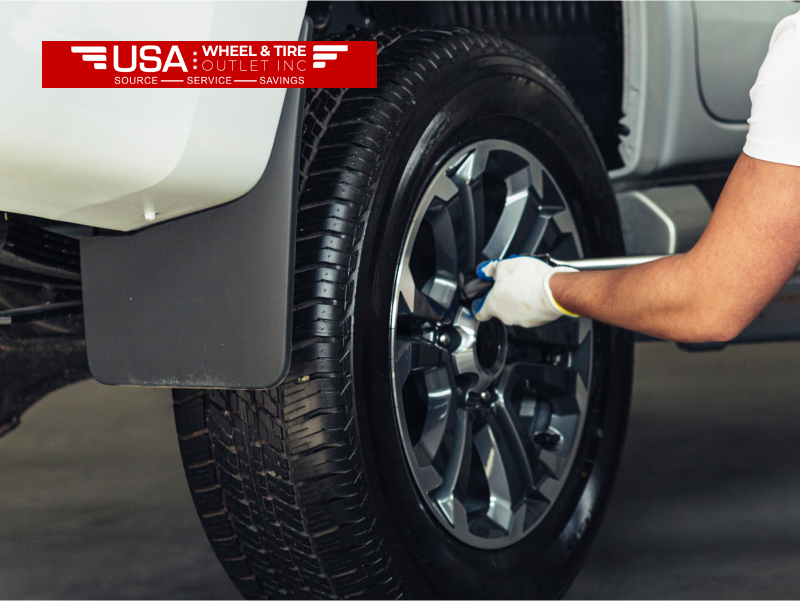
Conclusion
Selecting the right tires for your car is important depending on the type, dimension, wide or narrow with right tread pattern besides having the right size for your wheels. Knowing the need of your car and the available choices, you can be in a position to make a proper decision and improved driving experience and safety. Regardless of the complete USA wheels and tires market you are interested in or certain kinds of tires for your car, this article will give you precise details on how to make the right decision.
The key message then remains that opting for better quality tires and taking good care of them is an investment in the safety of the car and the number of years that you as a driver will find your car performing optimally.
Read Also: How Long Does It Take to Get Your Tires Changed?
FAQs
1. What matters do I need to look at when buying tires for a particular car?
To select the right tires, remember the size of the tires, tread type, metal ratings and the compatibility of the tires with the wheel of the vehicle. They make production to be efficient and safe as required by the business environment.
2. How frequently should one change a tire of his car?
The ideal time that is advised before rotating the tires varies with a range of 5,000 to 8,000 miles. In the event your tires are not rotated, they wore uneven and thus significantly reduces the number of times you can use your tires.
3. Which are the leading brands in the USA wheels and tires market?
Some of the market players operating in the USA wheels and tires market are Michelin, Bridgestone, and Goodyear. These brands are some of the best car brands in the current market identified by their quality, performance, and durability in different driving scenarios.

